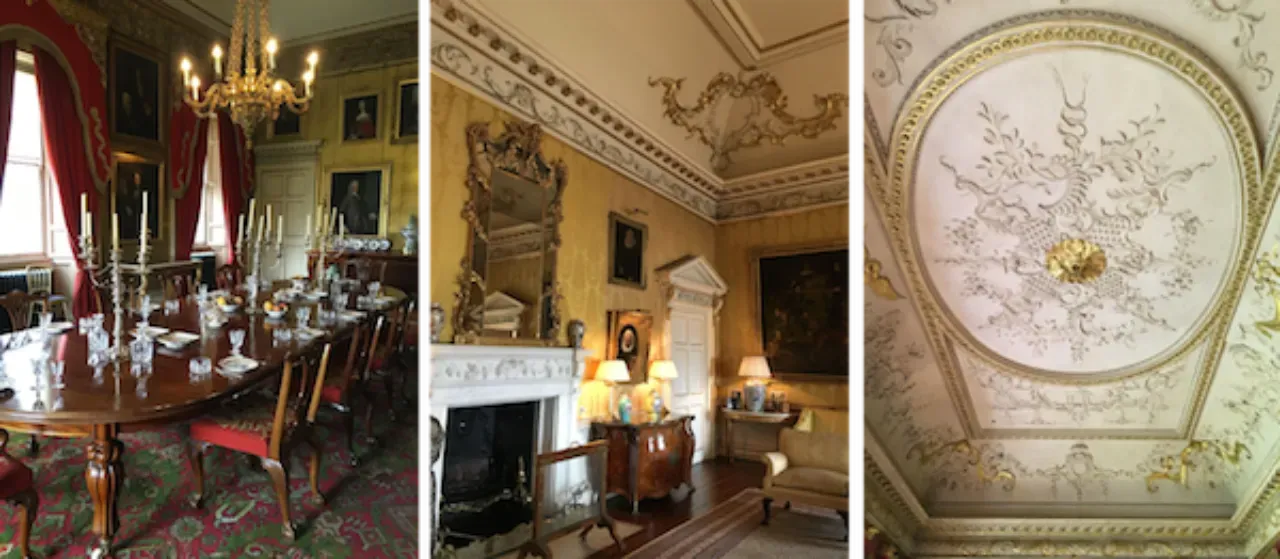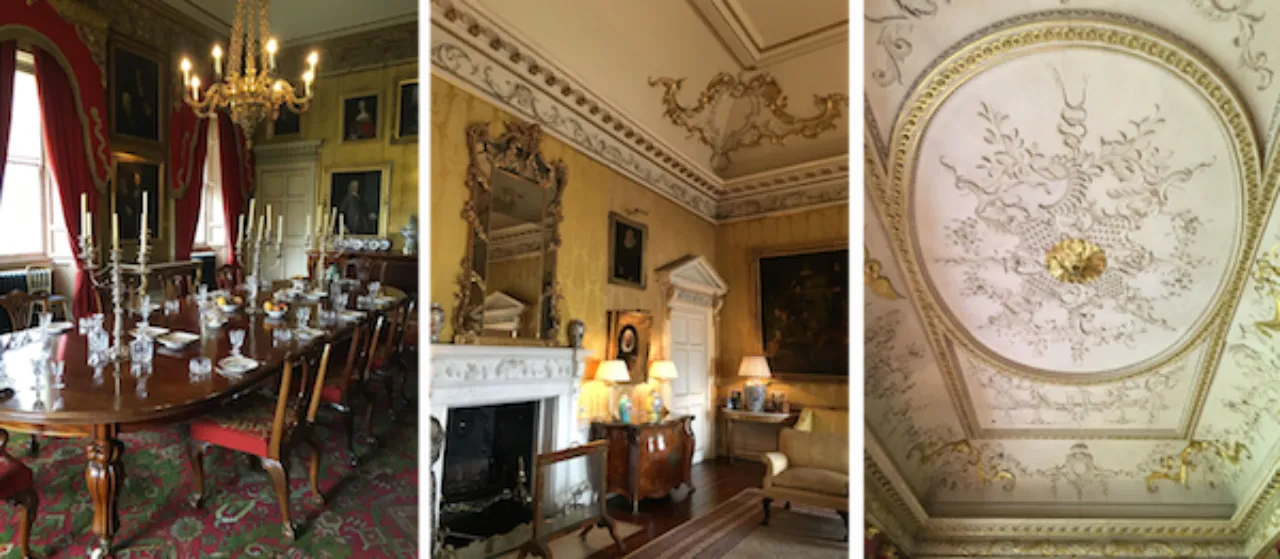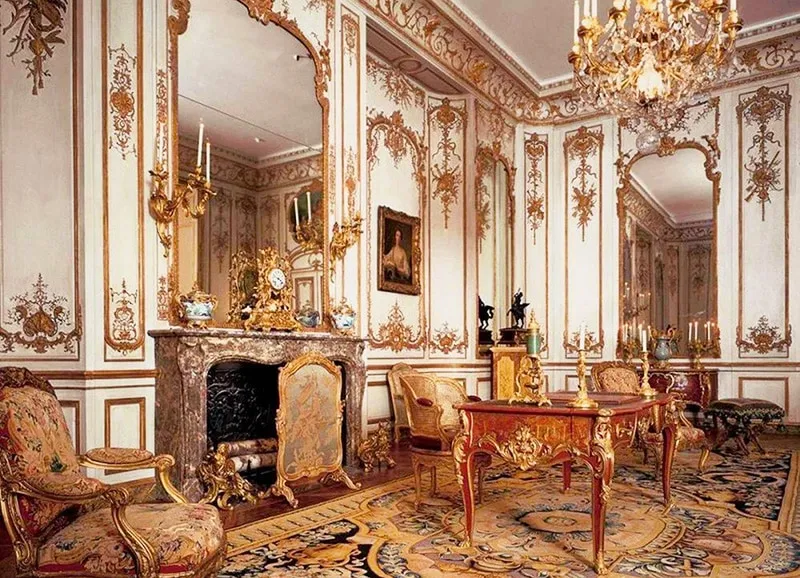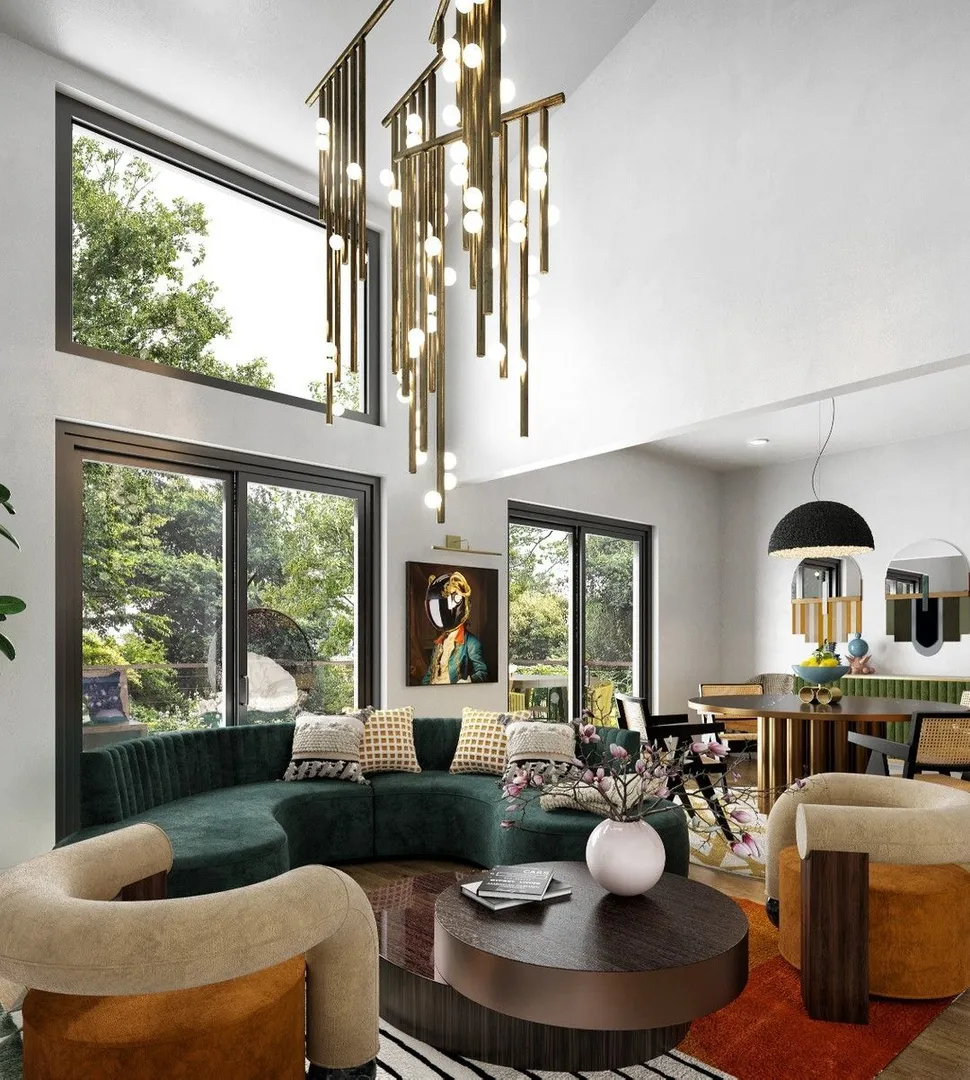Interior Design Principles from the Enlightenment Era
The Influence of Rationality, Symmetry, and Classical Elegance

Editor's Note
Featured Articles

Rational Design: Enlightenment Principles in Interiors
The Enlightenment emphasized reason, structure, and mathematical harmony—principles that shaped interior design in profound ways.
Rational Design: Enlightenment Principles in Interiors
The Enlightenment era introduced a new perspective on design, one rooted in reason and order. Architects and interior designers aimed to reflect these intellectual ideals by embracing structured layouts, proportionality, and classical elements that embodied balance and timeless elegance.
Symmetry and Proportion
The Neoclassical movement, which emerged as a direct response to the ornate Rococo style, placed strong emphasis on symmetry. Rooms were designed with axial arrangements, ensuring harmonious sightlines and organized spatial relationships. Inspired by ancient Greek and Roman architecture, interiors included columns, friezes, and pilasters to evoke classical grandeur.
Material and Color Composition
The color palettes of the time leaned toward muted pastels and earth tones, enhancing the sense of serenity and logic within spaces. Furnishings featured solid, well-defined shapes, often adorned with gold leaf accents or intricate wood carvings that referenced historical motifs.
Modern Applications
Today, luxury interior design continues to draw heavily from this period. Whether through Parisian apartments with grand moldings or high-end estates showcasing marble columns and classical statues, the principles of Enlightenment-era interiors remain a hallmark of sophistication.
References

The Enduring Appeal of Neoclassical Interiors
The lasting influence of Neoclassical interiors in the modern luxury design landscape.
The Enduring Appeal of Neoclassical Interiors
Neoclassicism emerged as a movement that rejected the frivolity of Rococo design in favor of structure, elegance, and permanence. This aesthetic, born from the Enlightenment's call for rationality, remains one of the most prominent influences in luxury interior design today.
Classical References in Modern Décor
The use of fluted columns, coffered ceilings, and ornamental friezes persists in high-end interiors, from grand ballrooms to contemporary living spaces inspired by 18th-century aristocratic homes.
Lighting and Ambience
Chandeliers with intricate crystal details, inspired by the opulence of Enlightenment-era salons, continue to cast a sophisticated glow in luxury residences worldwide.
Evolution in Contemporary Luxury
While modern materials and aesthetics have evolved, many luxury interior designers still employ symmetry and proportion as guiding principles, ensuring spaces exude a sense of grandeur and intellectual refinement.
References
Get in Touch – Let's Design Your Dream Space
Elevating Interiors, Defining Elegance
Copyright 2025
